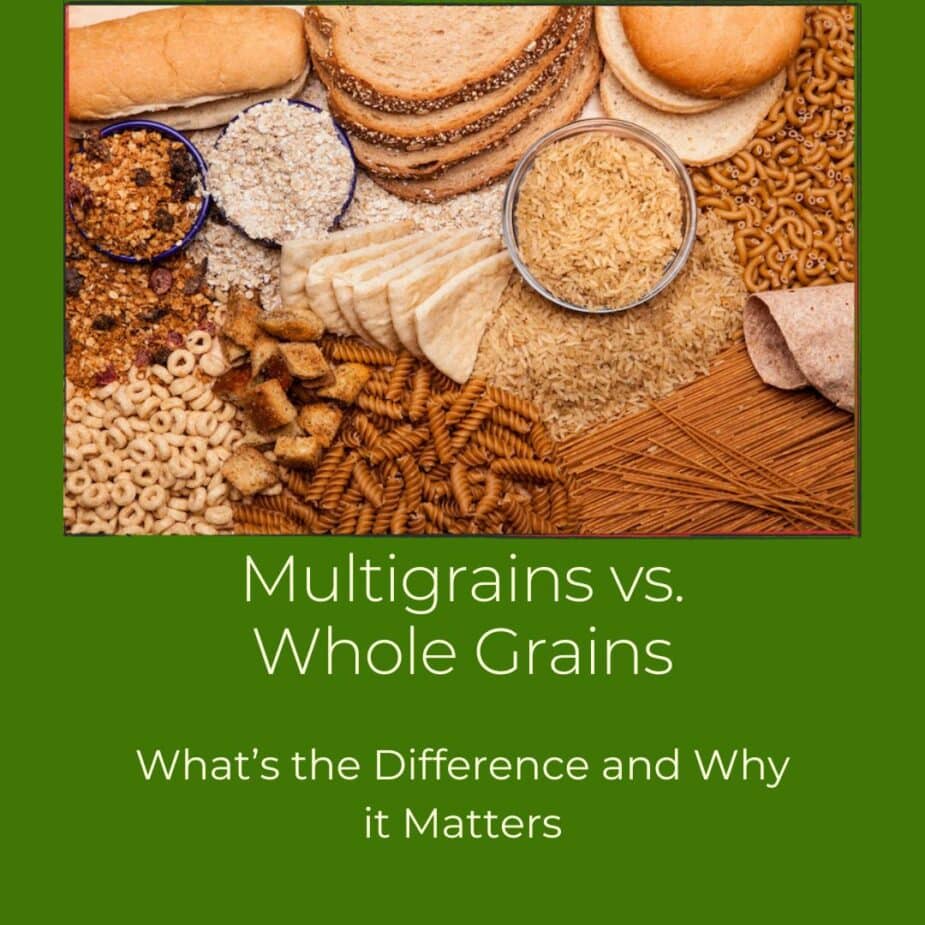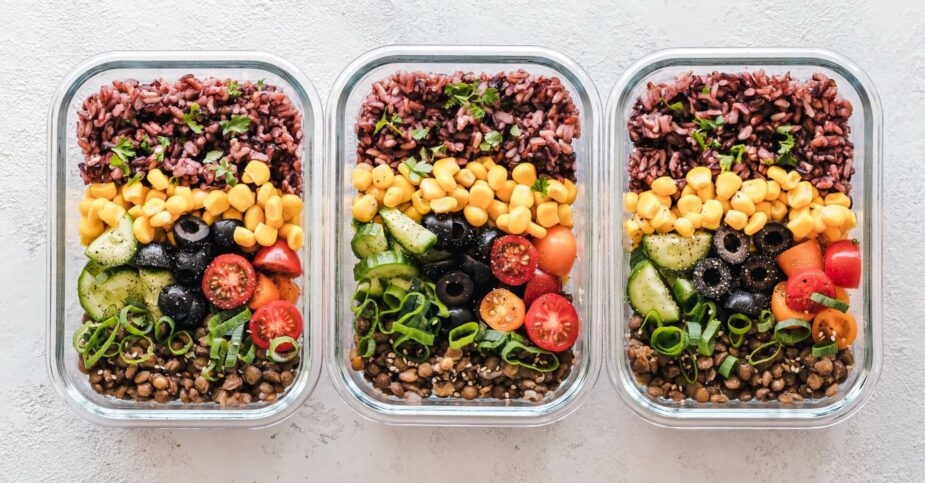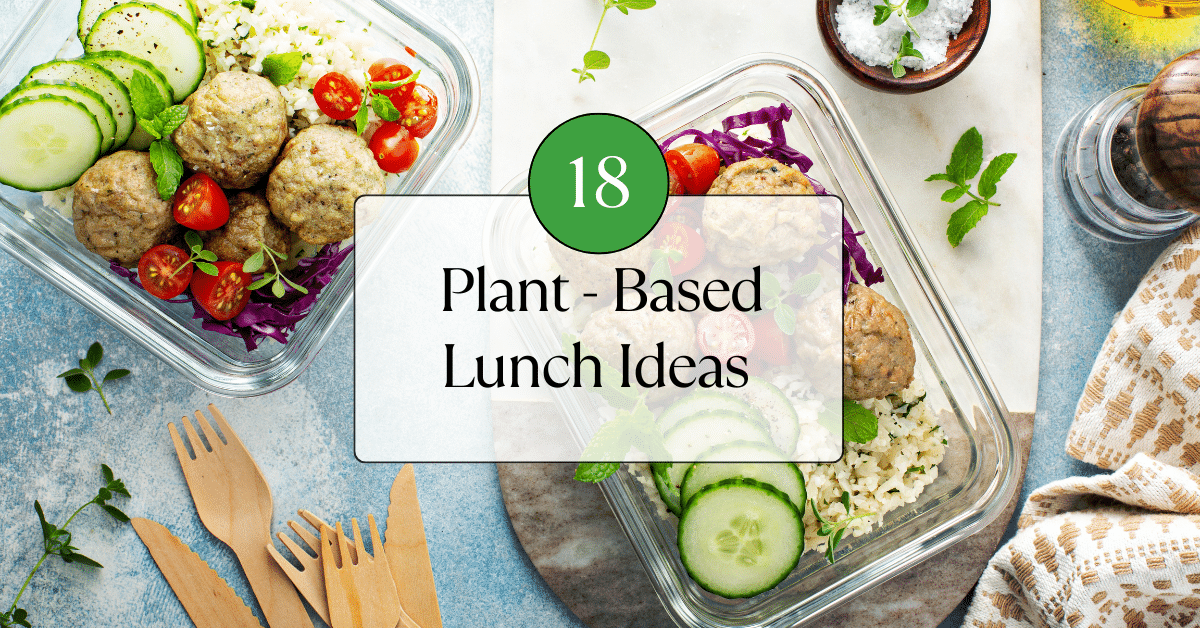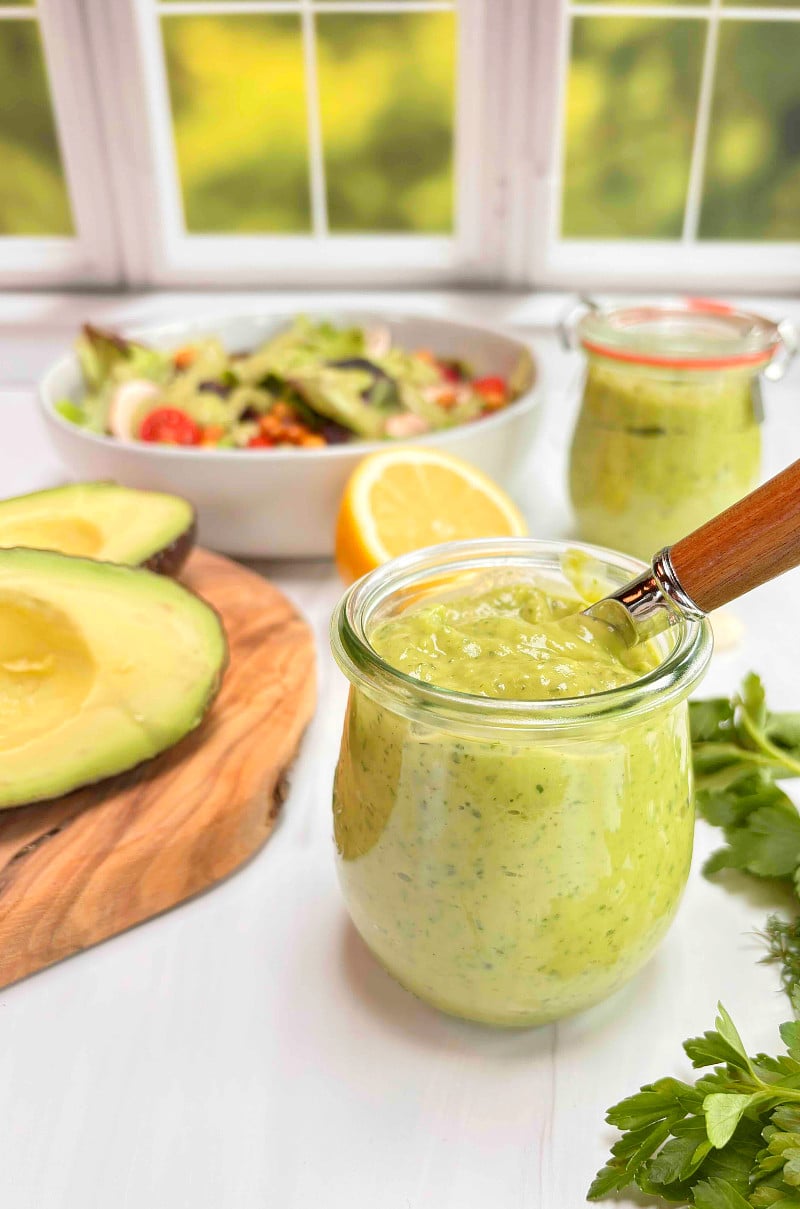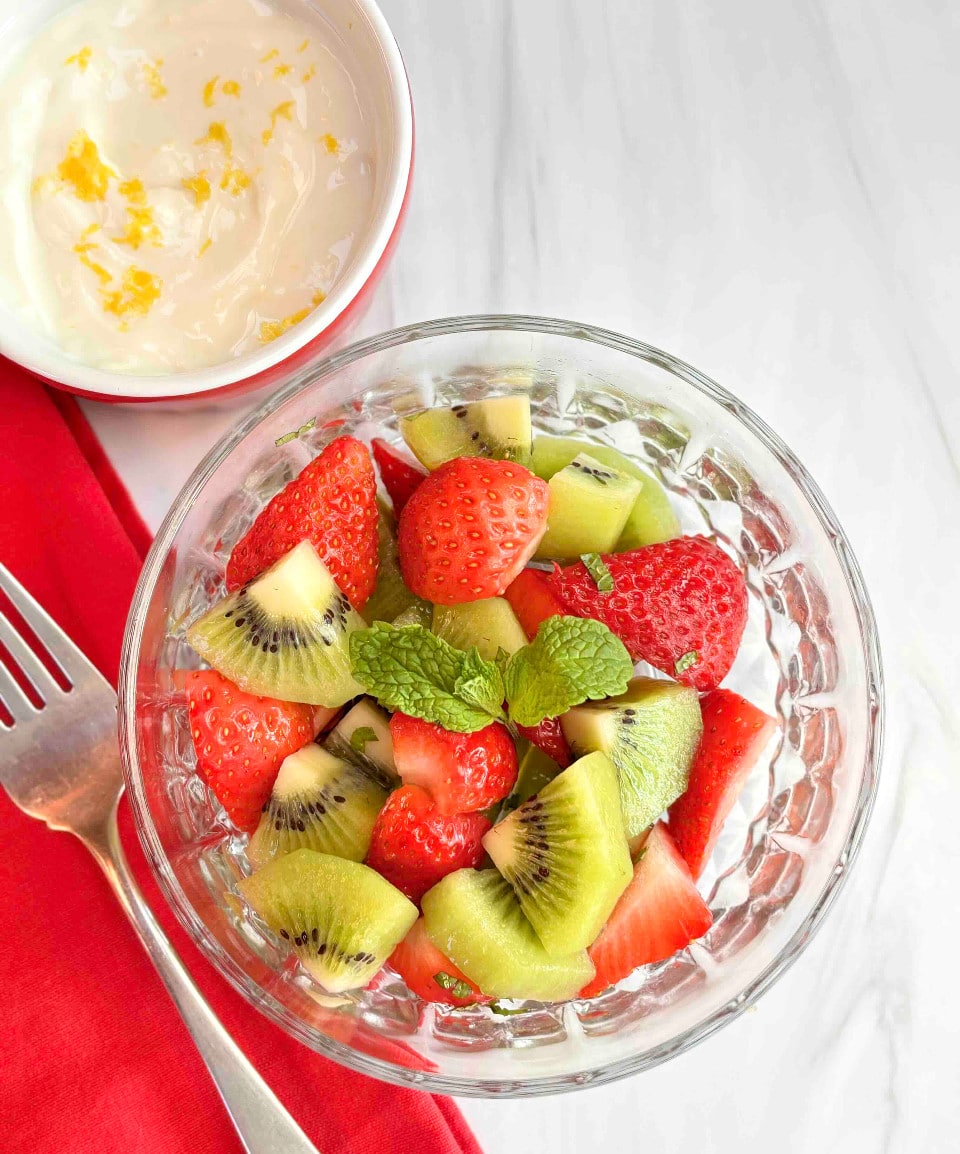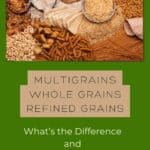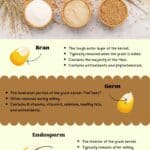Summary
- The difference between multigrain and whole grains can be confusing but both can and should be a part of a healthy diet.
- Eating more whole grains may help support your brain health and reduce your risk of heart disease, diabetes, and cancer, as well as help maintain your weight.
- Dietary guidance recommends replacing half your grains with whole grain choices like oats, barley, whole grain bread, and brown rice.
If you’ve looked at bread or cereal packages recently, you have probably seen descriptions like “whole grain,” “x number of grains,” “whole wheat,” or “multigrain.” If you wonder which is better for you, you aren’t alone.
These marketing terms can be confusing but after reading this article, you’ll be equipped to pick the best products to nourish your health.
As a registered dietitian nutritionist, I’m often asked if one is better or if they are that important as we age. Well, research continues to show us that people who eat more whole grains, live longer and healthier lives.
To become a label-reading ninja, I’ll explain exactly what these terms mean, why certain grains are better for you than others, and share some delicious new recipes for you to try.
Let’s kick off this article with a quick lesson on what grains are and what parts of a grain make a “whole grain” whole.
Table of Contents
What is a Grain?

Here comes a quick botany lesson!
True grains are the seeds of grass plants. Some of our best-known grains are:
- wheat
- rice
- barley
- oats
- rye
- corn
Similar to the question “Is a tomato a vegetable or a fruit,” we often classify a few other plants as “grains,” even though according to a botanist, they aren’t. But since nutritionally and culinarily they are similar to grains, we can add them to our group, including:
- quinoa
- amaranth
- wild rice
- teff
- buckwheat
As a dietitian helping folks to eat more fiber-filled plant-based foods, the more the merrier.
P.S. Tomatoes are technically the “fruiting bodies” of plants, but so too are cucumbers and bell peppers.
The 3 Parts of the Wheat Kernel
Let’s dive a little deeper now into what makes a grain a “whole” grain or not.
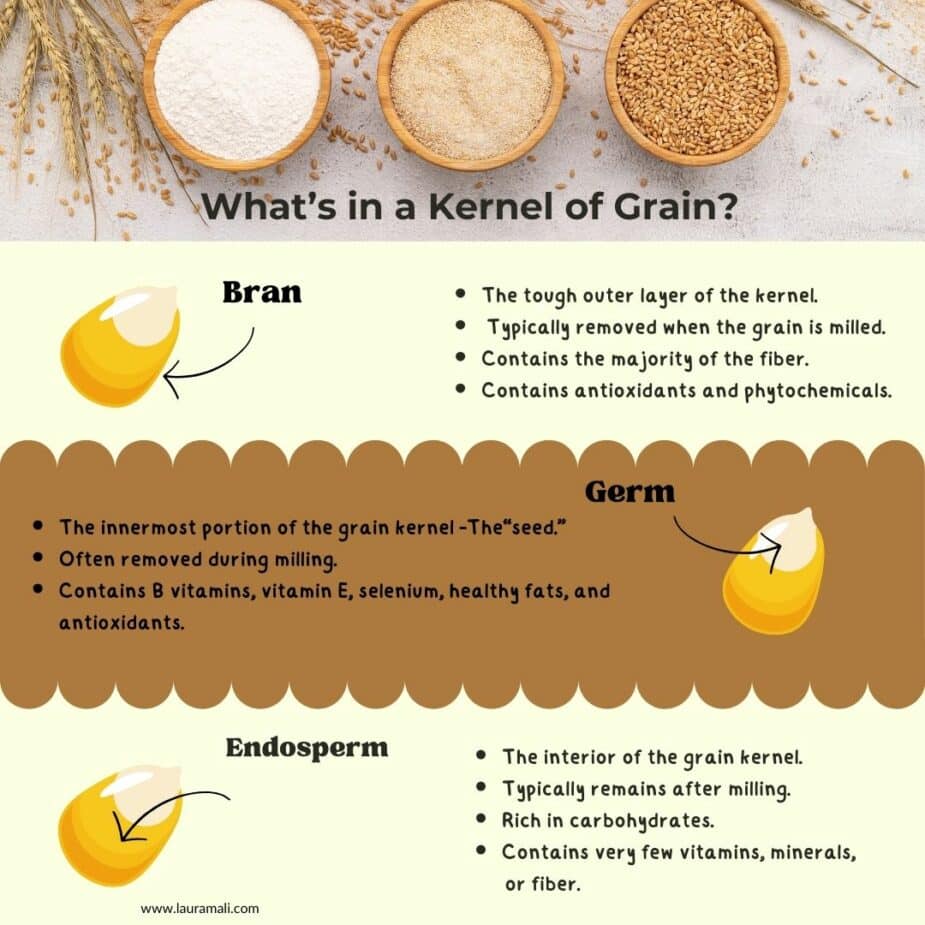
A grain that has just been harvested has three parts: the bran, germ, and endosperm.
- Bran – This is the tough outer portion of the grain kernel. It contains the most fiber and is also a rich source of antioxidants or phytochemicals – compounds in the plant that protect it from damage and boost your health, too.
- Germ – The germ is the seed of the grain. This is also the most nutrient-rich part of the kernel. It contains antioxidants, healthy fats, vitamin E, and several B vitamins.
- Endosperm – This area is beneath the bran layer and surrounds the germ, protecting it. It is the richest in carbohydrates and has a small amount of protein and a few vitamins.
Whole grains contain all three of the above components. Refined grains have lost the bran and germ (and the nutrients that they contain).
Next stop: let’s peek at what “multigrain” means and how that isn’t the same as “whole grain.”
What is the Difference Between Multigrain and Whole Grain?
There seems to be no end to the terms used on food packaging!
Most of these claims just have to do with how the grain is processed. I’m going to explain the three most common terms used here so that you can pick the most delicious, nutrient-dense breads and crackers.
Whole Grain
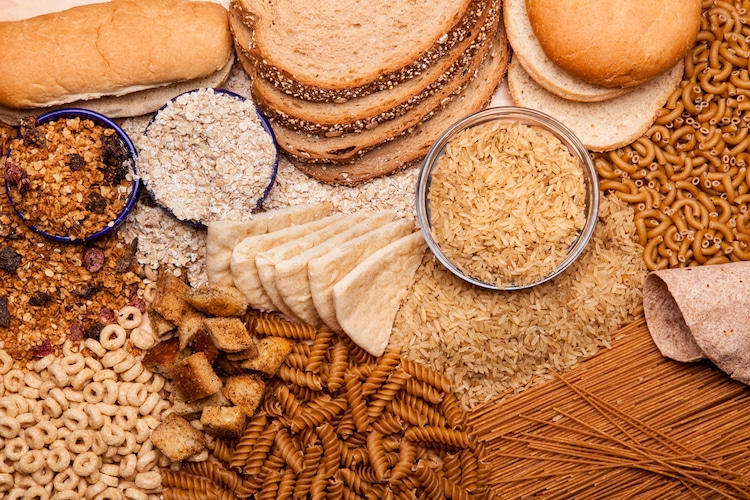
Whole grains contain all three parts of the grain kernel so you are getting all the fiber, vitamins, minerals, and protein that are in the plant.
Examples of whole grains include brown rice, cracked wheat, or steel-cut oats.
When a grain is ground up, you get flour. You can make flour and flour blends from any kind of grain. Even if the product is ground, if it is labeled “whole grain” it must contain all of the original components of the wheat kernel, in the same proportions as the plant.
You can also look for the Whole Grain Stamp.
This logo on the front of a package tells you the product is made with whole grains. It also indicates how many whole grains are in a serving. It’s a quick and easy way to verify that you are getting whole-grain food!
100% whole grain: All the grains in the product are whole grains and it must contain at least 16g or a serving of whole grains.
50% whole grain: This means that 50% or more are whole grains and the product must contain at least 8 grams of whole grains or half a serving.
A basic stamp (A stamp without a % whole grains): At least half a serving, or 8 grams, comes from whole grains.
Multigrain
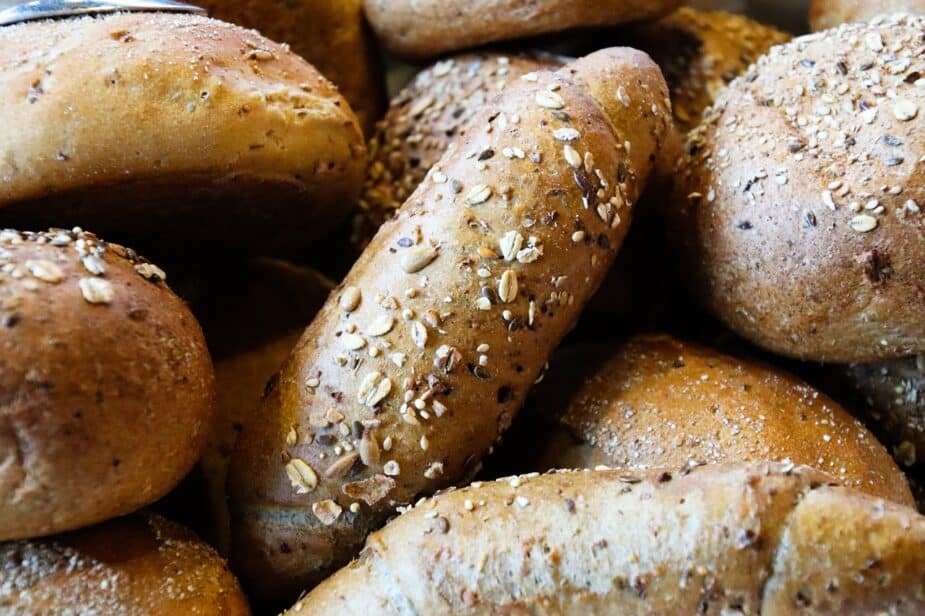
This is THE most tricky term; most people assume that if the word “multigrain” is on the package it is the same as being a whole grain.
Spoiler: they’re not interchangeable.
Multigrain means that the product contains more than one kind of grain, but, usually, there is no indication if they’re a whole grain.
For example, if you are looking at an 8-grain bread there are 8 different grains within that bread. Some companies will include poppy seeds, flax seeds, and quinoa, and count them as grains.
Just because it is labeled a multigrain product doesn’t guarantee that it is high in fiber. Some may still only contain 1-2 g of whole grains per serving, while others may be much higher. Always check the nutrition facts to see.
Whole Wheat
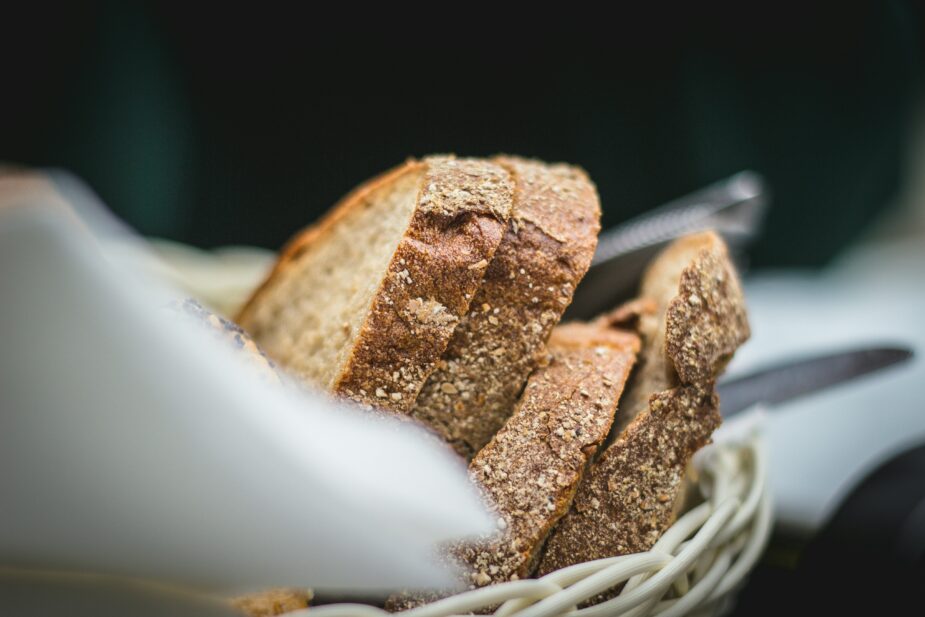
So then, what is “whole wheat?” Whole wheat is a whole grain – it is the grain from the wheat kernel, whereas other whole grains may be different plants, like oats or seeds like quinoa.
Whole wheat could be anything from wheat berries, the full wheat kernel, to ground whole wheat flour.
Other types of whole wheat products include bulgur wheat, farro, spelt, and einkorn. Some of these are referred to as “ancient grains.” This just means these are grains that have been eaten for centuries.
They are usually minimally processed, meaning that they are consumed in their whole form. For instance, wheat berries are the entire wheat kernel that contains the bran, germ, and endosperm. Only the husk has been removed, otherwise they are unprocessed grain kernels.
Bulgur wheat is another ancient grain that is minimally processed. It is cracked wheat that has been parboiled and dried. But the entire grain kernel remains.
Refined Grains
Refined grains have been processed so that the bran and germ are removed. This means we lose the components that contain most vitamins and minerals, most of the protein, and that is where most of the fiber is contained.
So while these flours might make for some tasty products (who doesn’t love a fresh baguette made with white flour?), they are not the most nutrient-dense. Even if they’ve added some of the nutrients back in.
Many of the vitamins may be added back to refined grains, so you’ll see the word, “enriched” on the label. These grains are still missing much of the fiber and protein and many of the nutrients that are added, are added in smaller amounts.
Simple Swaps
Here are some simple ways to swap refined grains with whole grains in your daily life:
- Replace instant oatmeal with steel-cut or old-fashioned oatmeal. Make overnight oats if time is an issue!
- Instead of butter crackers, try Triscuits
- Use brown rice instead of white rice
- Instead of sugar-coated cereal swap in Cheerios, Shredded Wheat, or Bran Flakes
- Use a whole-grain wrap in place of a white tortilla for a wrap or burrito
Health Benefits of Whole Grains
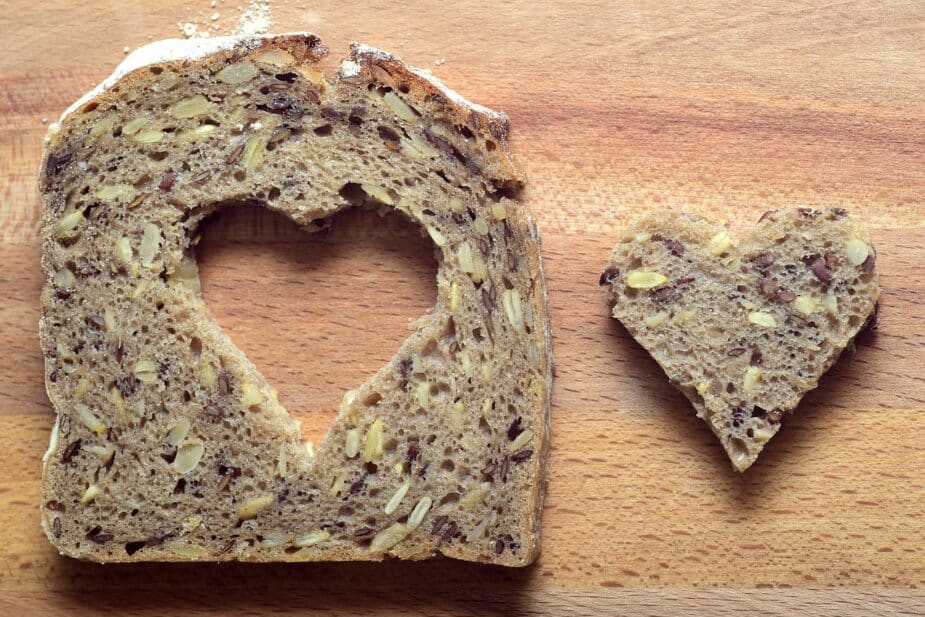
The Dietary Guidelines for Americans recommends that half the grains we eat come from whole grain sources and other health organizations agree. The research behind whole grain consumption is impressive and continues to show the more whole grains in the diet, the lower our rates of chronic disease.
The nutrient profile of whole grains contributes to many health benefits so getting at least half of what we eat from a whole grain source goes a long way toward improving our health. Let’s take a look at some of the main health benefits.
Brain Health
You may know that I’m a huge proponent of following the MIND Diet to support brain health. I believe so strongly in this that I wrote a book about it! The MIND Diet for Two.
This diet, or eating plan as I prefer to think about it, is a combination of two of the healthiest diets in the world, the Mediterranean and DASH diets. It is packed full of foods like berries, dark green leafy vegetables, seafood, and whole grains. All of these foods are known to support brain health and reduce our risk of dementia.
When we look at specific foods that may have an impact, whole grains may contribute in a variety of ways. Because whole grains include the nutrient-rich bran and germ layer, they contain more fiber, B vitamins, antioxidants, and vitamin E than refined grains. Each of these nutrients may help reduce oxidative stress and inflammation in the brain.
In a recent study with independently living seniors, those who ate 3 or more servings of whole grains daily had a slower rate of cognitive decline than those who ate less than 1 serving a day.
While one food or group of food alone isn’t likely to reduce your risk of developing dementia or Alzheimer’s disease, the Alzheimer’s Society recommends getting at least 3 servings of whole grains a day as part of an overall healthy diet.
Heart Health
A diet rich in whole grains increases fiber intake which can help reduce blood cholesterol levels. How? The fiber in whole grains helps prevent cholesterol from being absorbed in our GI tract and decreases cholesterol production in our liver.
Making a few small changes may be all it takes. One recent study found that people who ate whole-grain breakfast cereal daily reduced their risk of heart disease by 17%. Those who ate oatmeal just twice a week lowered their risk of heart disease by 21%.
Swapping just one slice of whole grain bread in place of white bread may be enough to reduce your risk of heart disease according to some research.
Weight Management
Maintaining or even slightly reducing our weight can go a long way toward improving our health and fiber can play a huge role in helping us do that. But did you know that only 5% of adults in the US get enough fiber daily? Yikes! This means that 95% of us are not getting the full benefits of this powerful nutrient.
Getting more fiber isn’t all about beans (although of course those help, too). Whole grains are a great source of fiber.
One of the benefits of fiber that my clients are most excited about is that it helps you to feel full and satiated after eating. What does this mean? It may help you stabilize your weight – without feeling deprived!
Whole grains are rich in fiber and contain protein, both of which are satiating. Eating more foods rich in fiber, including whole grains, can help reduce body weight and lower your body fat.
Blood Sugar Control
A common misconception about blood sugar management is that the goal is to eliminate carbs. Nope! But it is about choosing certain types of carbs more often.
So you may be thinking, don’t grains turn to sugar in your body and if so, how can eating whole grains help manage your blood sugar? It all goes back to the fiber content.
While carbs do get broken down into sugar for energy, fiber takes longer to break down, which results in a slower and lower rise in blood sugar levels. Whole grains tend to be lower on the glycemic index. This is a measure of how quickly certain foods raise your blood sugar.
Research supports this too. One recent study found that eating just one serving of whole grains a day may reduce the risk of diabetes while others have shown people who eat more whole grains have reduced rates of prediabetes as well.
Gut Health
So by now, you know that whole grains are rich in fiber and that fiber helps in a lot of ways. One other key benefit of fiber in whole grains is that it helps keep our gut healthy. How does it do that?
Since we can’t digest some of the fiber in whole grains, they travel through our GI tract and land in our large intestine, largely intact. Once they arrive there, they start to ferment and produce something called short-chain fatty acids.
Okay, you might be thinking fatty acids – I don’t want more of those, but let me reassure you, these short-chain fatty acids, or SCFA for short, are so good for us! They provide energy for the cells in our intestinal tract which helps keep it strong and may help prevent disease.
The World Cancer Research Foundation also advises that a diet rich in whole grains may help reduce the risk of colon cancer, largely due to these SCFA that may help bind up potential carcinogens.
Research is showing that these fatty acids can help reduce inflammation, support our immune system, and prevent infections.
All these health benefits make it clear why I think it is so important to add or swap in a few servings of whole grain foods into our diets daily.
Whole Grain Recipes
As a culinary dietitian, I love helping people to find nourishing habits that also taste great. Eating in a way that keeps you energized and thriving shouldn’t taste like a punishment. Here are some of my favorite recipes that use whole grains.
Zesty Quinoa Salad with Cherries and Almonds
Bottomline
Swapping some whole grains into your meals in place of more refined grains may have significant health benefits. This doesn’t mean all or nothing though! You can still enjoy your favorite grains and goodies, just make sure half the grains you eat come from whole-grain sources.

